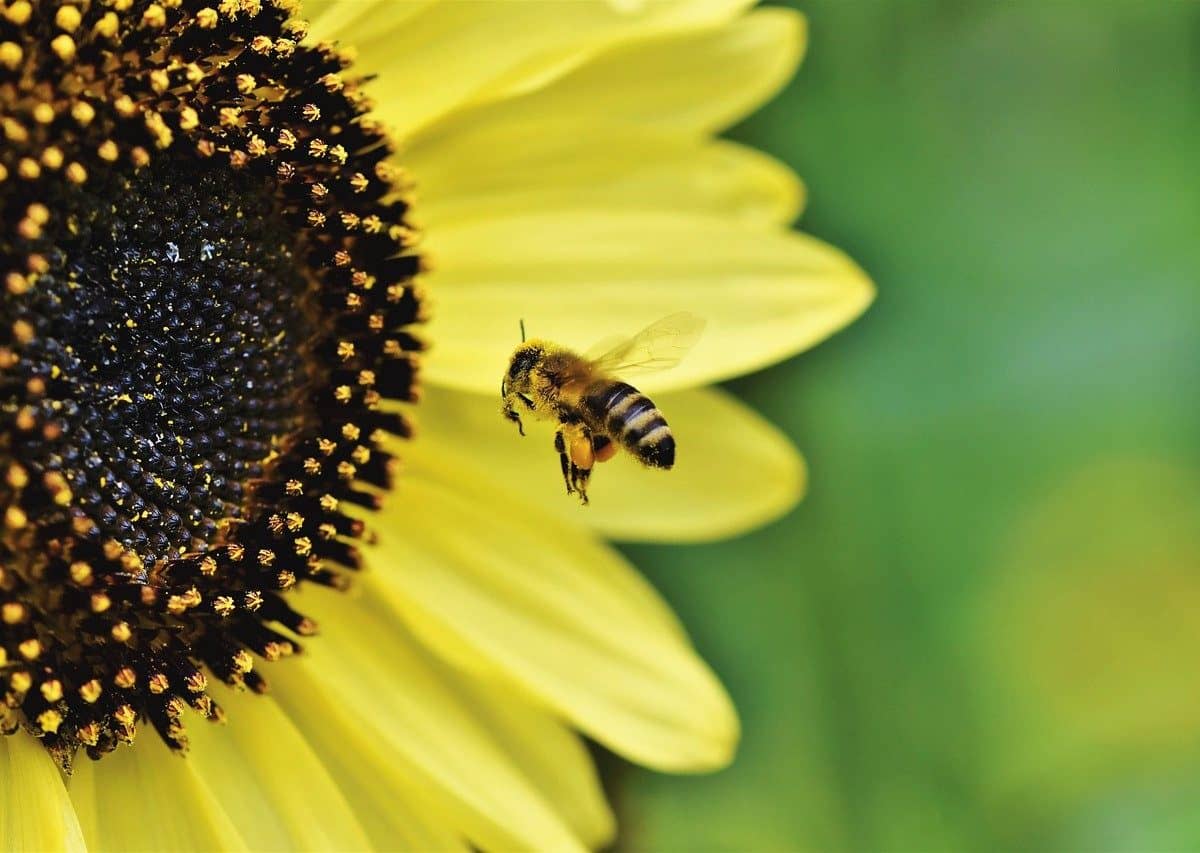Overseas consumers eager for natural products in the face of the Covid-19 pandemic have helped boost New Zealand’s honey export revenue by 20 percent to NZ$425-million in the year to June 30, 2020.
This is according to the country’s agriculture minister, Damien O’Connor, who says the results from the latest Ministry for Primary Industries’ 2020 Apiculture Monitoring Report highlight the current worldwide growth potential for honey and other natural products.
Keeping high standards helps drive more export value
“By adhering to high standards we can help drive more value for Kiwi exporters and their products,” O’Connor said. He added that honey’s export volume increased 28 percent to 10,288 tonnes in the year under review.
“Favourable weather conditions in most mānuka growing regions boosted average hive yields for the 2019/20 season, with some beekeepers estimating it as the largest mānuka honey crop in recent years,” he stated.
Mānuka honey is a monofloral (predominantly from the nectar of one plant species) honey produced from the nectar of the mānuka tree. Monofloral honey is typically stored and labelled separately so as to command a premium price.
“The volume of honey exports surged from February 2020, with export volumes for the six-month period from January to June 2020 reaching 5,700 tonnes, up 49 percent on the same six-month period in 2019,” O’Connor said.
Country needs to protect the value of mānuka honey
“The Government introduced a standard for monofloral mānuka honey in 2018 and I think that has benefited those producers. We need to protect that value of mānuka and ensure it’s made to the high standards that international customers expect,” the minister observed.
Growth in existing markets, expansion into new markets such as the Middle East, and ongoing strong demand for monofloral mānuka honey could see another successful year for New Zealand honey exports in 2020/21.
Three consecutive years of high production in NZ means that there is plenty of stock available to meet demand.
“The primary sector had shown its ability to adapt in the past year despite the pandemic,” O’Connor said.
Prices for NZ’s dairy and meat products also strong
“Where issues have arisen, the sector has worked hard to find solutions and the Government is focussed on helping where we can. With prices for our dairy and meat products holding their own, the past year has been a successful one for the sector.”
According to San Francisco-based research company, Grand View Research, the global honey market size was valued at USD9.21-billion in 2020 and is expected to grow at a compound annual growth rate of 8.2%.
A major factor driving the market growth includes high demand for nutritious food products such as honey on account of rising awareness of the benefits of maintaining a healthy lifestyle. The global pandemic has intensified this trend.
Honey is an excellent source of numerous nutritional ingredients including vitamins, minerals, calcium and antioxidants.












